For Education Leaders
Get proven strategies and expert analysis from the host of the Learning Can't Wait podcast, delivered straight to your inbox.
Virtual Staffing
Fill Teacher Vacancies in Days
- State-certified experts averaging 15+ years experience
- Fully aligned to your curriculum & standards
- Scalable, cost-effective hybrid solutions
Writing an EdTech Grant: A Step-by-Step Checklist

The digital divide remains stark in American classrooms. Educators recognize the potential of technology in addressing learning gaps, expanding curriculum offerings, and providing personalized learning experiences, yet budget constraints often place these solutions out of reach. Educational technology grants become invaluable, offering a pathway to fund innovations that school budgets cannot accommodate.
For many educators and administrators, the grant writing process presents a challenge. Even dedicated school leaders can feel overwhelmed by a blank grant application, with limited time and no formal training in proposal development.
This checklist for writing educational technology grants aims to demystify the process. By breaking the journey into manageable phases from initial concept to final submission we've created a roadmap to build your confidence and improve your chances of success. This guide will walk you through every step, ensuring you have everything you need to build a compelling case for funding.
Securing funding for educational technology can dramatically transform learning environments, offering students access to tools and resources previously out of reach, and ultimately, closing critical achievement gaps.
Grant Writing Checklist for Educational Technology Grants
- Phase 1: Pre-Writing & Foundation
- Identify a Clear and Pressing Need
- Research and Qualify Potential Funders
- Assemble Your Grant Writing Team
- Dissect the Request for Proposal (RFP)
- Phase 2: The Build – Drafting Your Grant Proposal for Technology in Schools
- Write a Compelling Executive Summary / Abstract
- Detail the Statement of Need
- Outline Your Project Goals and SMART Objectives
- Describe the Project Design / Solution
- Present a Detailed and Justified Budget
- Create a Robust Evaluation Plan
- Include Organizational Background and Letters of Support
- Phase 3: The Final Inspection – Review, Edit, and Submit
- Edit for Clarity, Conciseness, and Voice
- Proofread for Grammar and Spelling Errors
- Review Against the RFP and Scoring Rubric
- Submit On Time (or Early!)
- Phase 4: The Follow-Up – Post-Submission Protocol
- What to Do If You're Awarded the Grant
- What to Do If Your Proposal is Rejected
Phase 1: Pre-Writing & Foundation
Before writing your proposal, lay the groundwork for success. The pre-writing phase is where winning grants are born, through strategic thinking, thorough research, and preparation.
☐ Identify a Clear and Pressing Need
Educational technology grants aren't awarded to fund technology for its own sake. They fund solutions to specific problems. Your first task is to clearly define the educational challenge you're addressing through technology.
Ask pointed questions: What educational gap are we trying to close? Are we addressing learning loss in math? Do we lack certified teachers for AP courses? Are Students with Disabilities (SWD) not receiving required service hours? Once identified, gather supporting data test scores, attendance, staffing reports, student surveys to quantify this challenge and its impact on outcomes.
☐ Research and Qualify Potential Funders
The most common reason grant applications are rejected is a misalignment between the applicant's goals and the funder's priorities. Not every grant opportunity suits your project, regardless of your cause's worth.
Research potential funding sources that align with your project's goals:
- * Federal Grants: Search Grants.gov for opportunities from the Department of Education, National Science Foundation, and other agencies.
- * State Grants: Visit your state's Department of Education website for state-specific funding opportunities.
- * Foundation Grants: Consider national foundations (like the Bill & Melinda Gates Foundation) and regional community foundations that support educational initiatives.
- * Corporate Grants: Many tech companies and local businesses offer educational grants to support schools in their communities.
Funder Alignment Checklist:
- * Do their priorities match our project?
- Do they fund projects in our area?
- Is the award amount appropriate for our needs?
- * Have they funded similar projects before?
☐ Assemble Your Grant Writing Team
Grant writing is rarely a solo endeavor. Successful proposals involve multiple stakeholders with different perspectives and expertise. Your team should include a project lead (often the most passionate about the initiative), a subject matter expert (like a teacher who will implement the technology), a budget manager (from your business office for financial projections), and an editor/proofreader.
Each team member should understand their role and contribution timeline to ensure efficient progress.
☐ Dissect the Request for Proposal (RFP)
The Request for Proposal (RFP) is your instruction manual for creating a winning application. It contains everything you need to know about the funder's expectations and evaluation criteria.
Print the RFP and highlight key sections: submission deadlines, eligibility requirements, required documentation, formatting rules (font size, page limits, margins), and the scoring rubric. Understanding the scoring criteria allows you to emphasize the most important elements. Missing a single instruction can result in disqualification, regardless of your project’s strength.
Phase 2: The Build Drafting Your Grant Proposal for Technology in Schools
With your foundation in place, it's time to construct your proposal, brick by brick. This phase requires focused attention to detail as you craft each component according to the funder's specifications.
☐ Write a Compelling Executive Summary / Abstract
Although this section appears first in your proposal, it's often written last. The executive summary is your proposal's "elevator pitch," a concise, powerful overview that captures your project's essence in 250-500 words.
A strong executive summary includes four key elements: the need (the problem), the solution (your proposed project), the cost (total funding requested), and the impact (expected outcomes for students). This section should be compelling enough that even if reviewers read nothing else, they understand your project and are convinced of its merit.
☐ Detail the Statement of Need
This section expands on the need identified in Phase 1, transforming data points into a compelling narrative. Your goal is to make the problem feel urgent and solvable, connecting your local challenge to broader educational trends.
Present both quantitative evidence (test scores, demographic data, staffing shortages) and qualitative evidence (a brief, anonymized student story). Specify who is affected by the problem, how they're affected, and the consequences of inaction. Funders want to support solutions to significant problems where their investment will make a difference.
☐ Outline Your Project Goals and SMART Objectives
Goals and objectives provide the framework for everything that follows. Goals are broad, long-term aims that connect to your identified need, while objectives are the specific, measurable steps to achieve those goals.
Effective grant proposals use the SMART framework to craft objectives:
- * Specific: Clearly state the accomplishment.
- * Measurable: Define how to quantify success (e.g., "Increase math proficiency by 15%")
- * Achievable: Ensure the objective is realistic given your resources and timeframe.
- * Relevant: Connect directly to your overall goals and the funder's priorities.
- * Time-bound: Specify when the objective will be accomplished.
Well-crafted SMART objectives provide clarity for your team and the funder, creating a shared understanding of success.
☐ Describe the Project Design / Solution
This section details how you'll address the identified need. It's the "how" of your proposal, describing the activities, technologies, and approaches you'll implement. Explain not just what you'll do, but why you've selected this approach demonstrating that your solution is based on research, best practices, or successful models.
Many schools find that partnering with a provider who can deliver the required expertise is the most effective and fundable solution. If your grant aims to expand course offerings or provide targeted intervention, your project description would detail how you’ll use funds to partner with a service that provides certified virtual educators. This approach is powerful because it provides the technology and certified, live instruction necessary for student success, a key outcome funders want.
☐ Present a Detailed and Justified Budget
Your budget must be comprehensive, realistic, and tied to your project activities. Every dollar requested should be clearly justified and linked to a specific project component.
Most grant budgets include categories like:
- * Personnel (salaries and benefits)
- * Equipment (hardware, devices)
- * Supplies (software, subscriptions)
- * Contractual Services (partner organizations, consultants)
- * Indirect Costs (administrative overhead)
Present your budget in a clear table format specified by the funder. For each line item, include a brief justification explaining its necessity.
Example Budget Line Item: "$30,000 - Contractual Services - To provide 100 hours of virtual high-dosage math tutoring for 50 8th-grade students, delivered by certified educators from Provider X."
☐ Create a Robust Evaluation Plan
Funders want to know their investment will make a difference, and your evaluation plan shows how you'll measure and demonstrate that impact. This section connects to your SMART objectives, detailing the specific data you will collect to determine success.
Describe your evaluation methods (pre/post assessments, surveys, usage analytics, observations) and timeline (data collection schedule). Identify who will collect and analyze this data, and how you'll use the findings to make adjustments. Explain how and when you'll report progress to the funder, demonstrating your commitment to transparency and accountability.
☐ Include Organizational Background and Letters of Support
Briefly describe your mission, history, and previous successes with similar initiatives or grants to establish your school or district's credibility. This helps funders feel confident in your ability to execute the proposed project.
Include strong letters of support from stakeholders impacted by or contributing to the project, community partners, parent organizations, teachers, or students (where appropriate). These letters should be specific to your project, not generic endorsements, and explain why the writer believes the project is important and how they will support its implementation.
Phase 3: The Final Inspection Review, Edit, and Submit
Even the strongest project concept can be undermined by sloppy presentation. This phase focuses on polishing your proposal to present your ideas clearly and professionally.
☐ Edit for Clarity, Conciseness, and Voice
After completing your draft, read the entire proposal aloud to catch awkward phrasing and ensure a consistent voice. Focus on eliminating unnecessary words, jargon, and confusing acronyms. Your writing should be professional yet passionate, demonstrating expertise and commitment to the project.
Grant reviewers read dozens of proposals. Make yours stand out with clear, direct language and a compelling narrative that keeps them engaged.
☐ Proofread for Grammar and Spelling Errors
Nothing undermines your credibility faster than careless errors. After your initial edits, have at least two other people proofread the document, ideally, someone uninvolved in the writing process for a fresh perspective.
Pay special attention to numbers, dates, and proper names, which are prone to errors but critical to accuracy. Check that all tables, charts, and appendices are correctly labeled and referenced in the text.
☐ Review Against the RFP and Scoring Rubric
Before submission, review the RFP one last time. Create a checklist of every requirement and verify that your proposal meets each one. Pay attention to the scoring rubric; have you addressed every evaluation point.
Verify technical requirements: Are your margins, font, and spacing correct? Have you stayed within page limits? Have you included all required attachments and forms? Minor deviations from the specified format can cost you points or result in disqualification.
☐ Submit On Time (or Early!)
Submit your proposal 24-48 hours before the deadline. Online submission portals can experience technical difficulties, especially in the final hours when many applicants are submitting simultaneously. Early submission allows time to address unexpected issues.
If you're submitting a paper application, use a delivery method that provides tracking and confirmation of receipt. Save a complete copy of everything you submit, including confirmation numbers or receipts.
Phase 4: The Follow-Up Post-Submission Protocol
Your work doesn't end when you click "submit." How you handle the post-submission phase can impact your current application and future funding opportunities.
☐ What to Do If You're Awarded the Grant
Celebrate your success then get to work! Review the award letter and any accompanying grant agreements or contracts, noting requirements and deadlines. Send a prompt, professional thank-you to the funder, expressing your appreciation and reaffirming your commitment to the project.
Immediately implement your grant management and reporting plan. Set up the financial tracking systems, schedule regular check-ins with your project team, and calendar all reporting deadlines. How you manage this grant will impact your ability to secure future funding.
☐ What to Do If Your Proposal is Rejected
A rejection isn't failure; it's a learning opportunity. Many successful grant recipients faced rejection first. After processing your disappointment, reach out to the funder for reviewer feedback. Not all provide this, but when available, it's invaluable for strengthening future applications.
Use feedback to improve your proposal. Then, seek other funding opportunities or consider reapplying next cycle. A rejection might mean "not now" rather than "not ever."
Conclusion
This guide’s checklist for writing educational technology grants breaks down the overwhelming process into manageable phases: laying the foundation, building a compelling proposal, polishing your presentation, and following through after submission. By approaching grant writing systematically, even first-time writers can develop strong, competitive proposals.
With preparation, persistence, and the right partners, securing funding for school technology is achievable. You can secure resources for transformative learning experiences with a clear need, a strong plan, and expert collaborators who understand educational technology implementation. Your next successful grant application is within reach with this checklist.
For Education Leaders
Get proven strategies and expert analysis from the host of the Learning Can't Wait podcast, delivered straight to your inbox.
Let’s Work Together
We’ll review your application and get in touch!

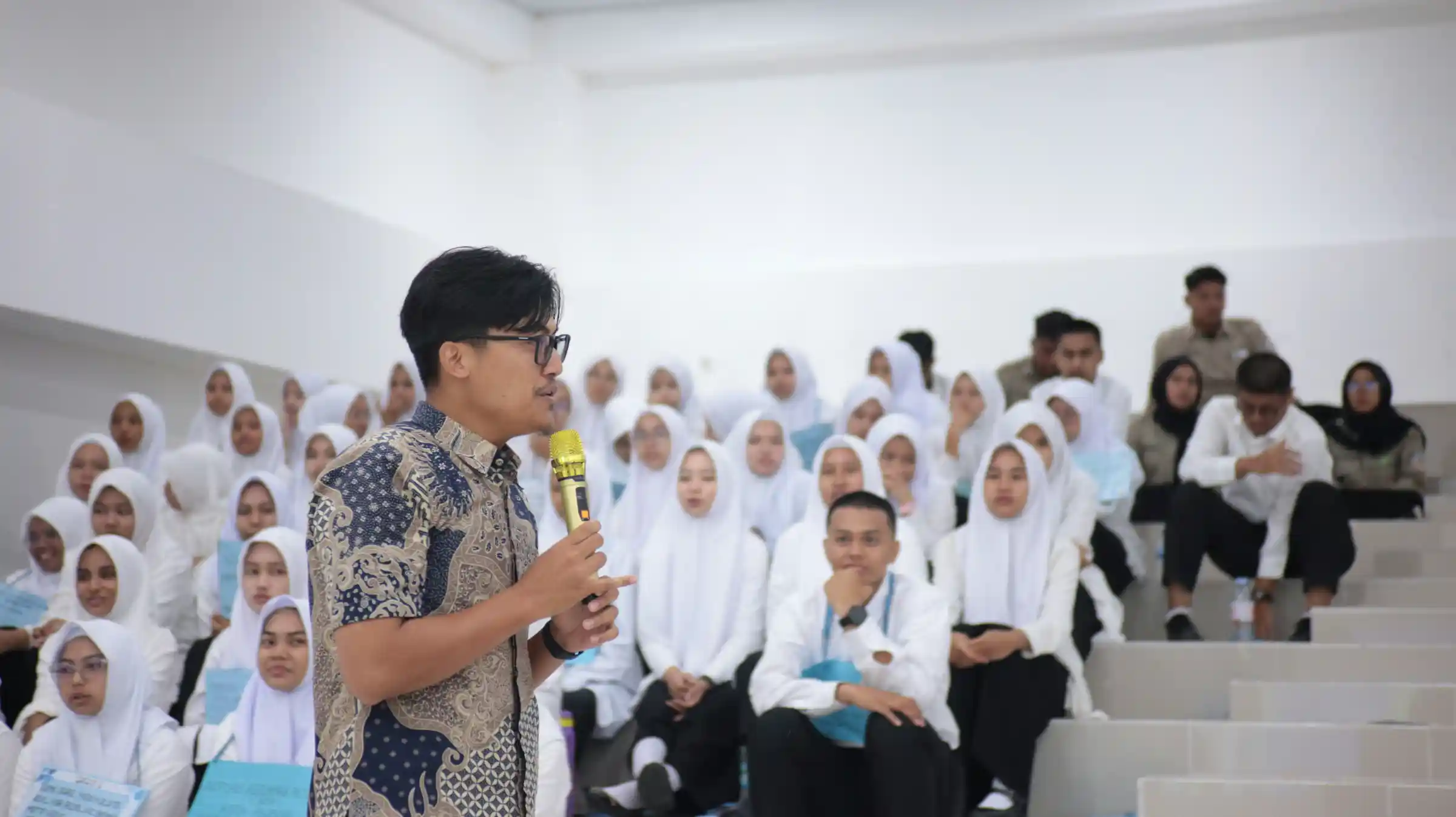


.webp)













.webp)



























.webp)


%20.webp)


















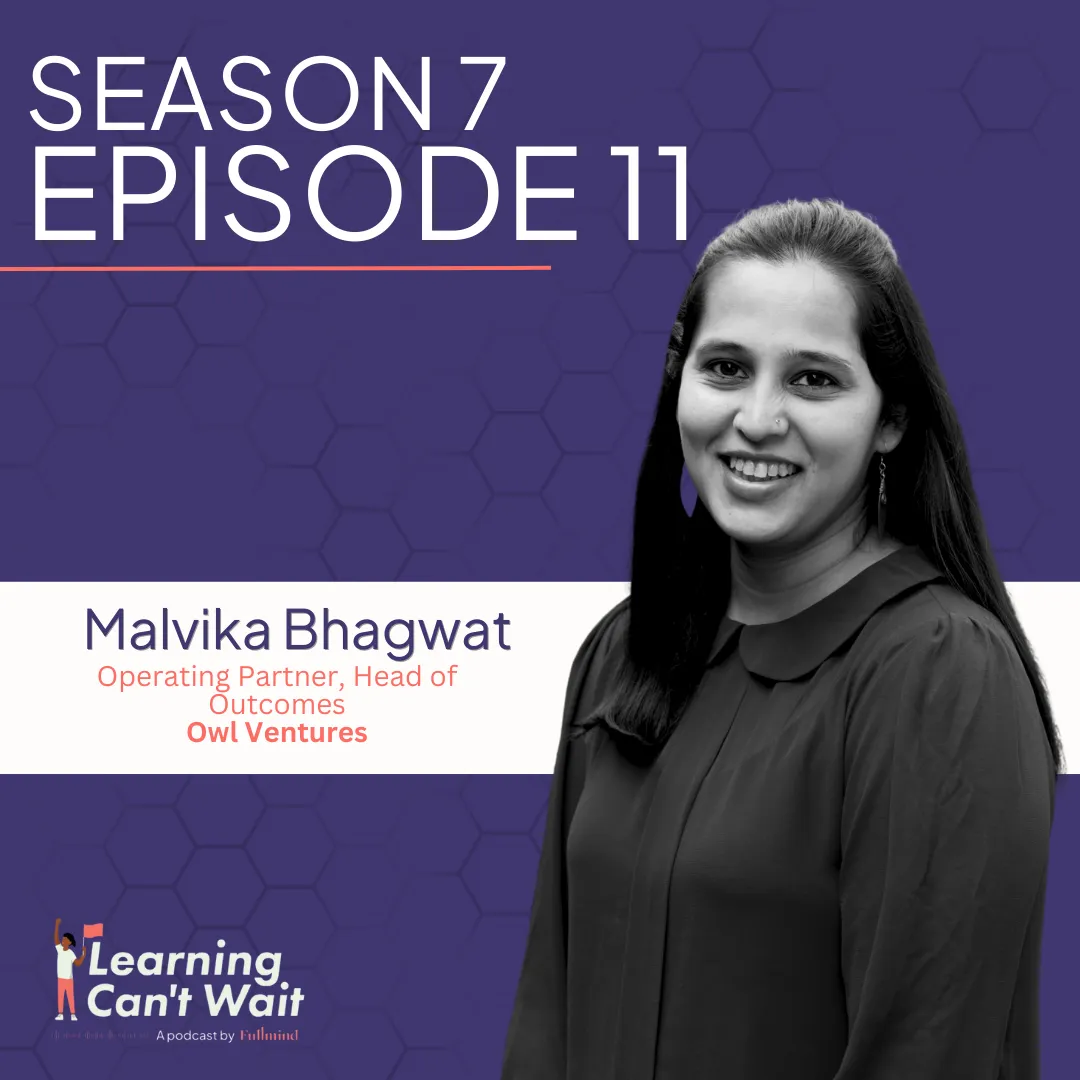

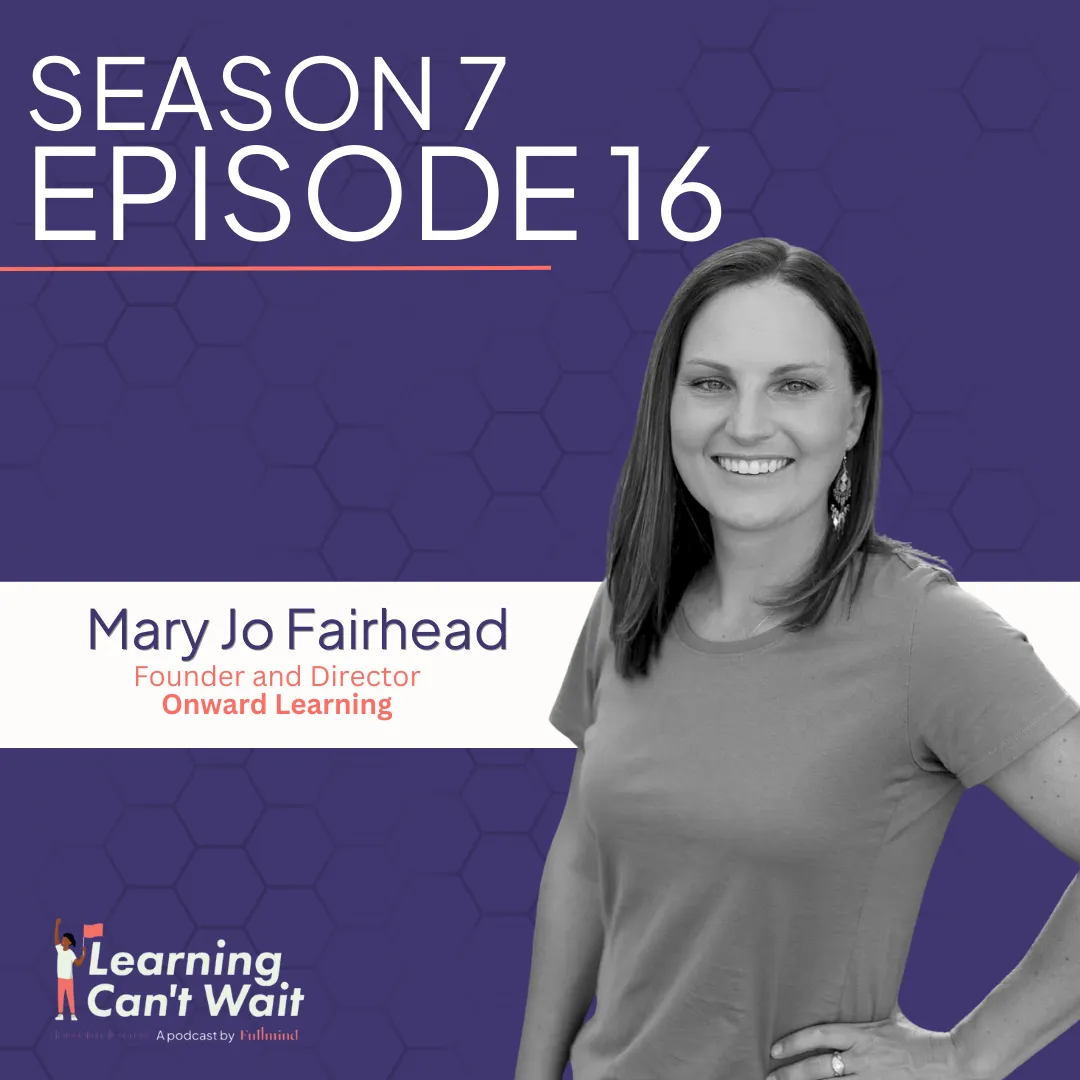
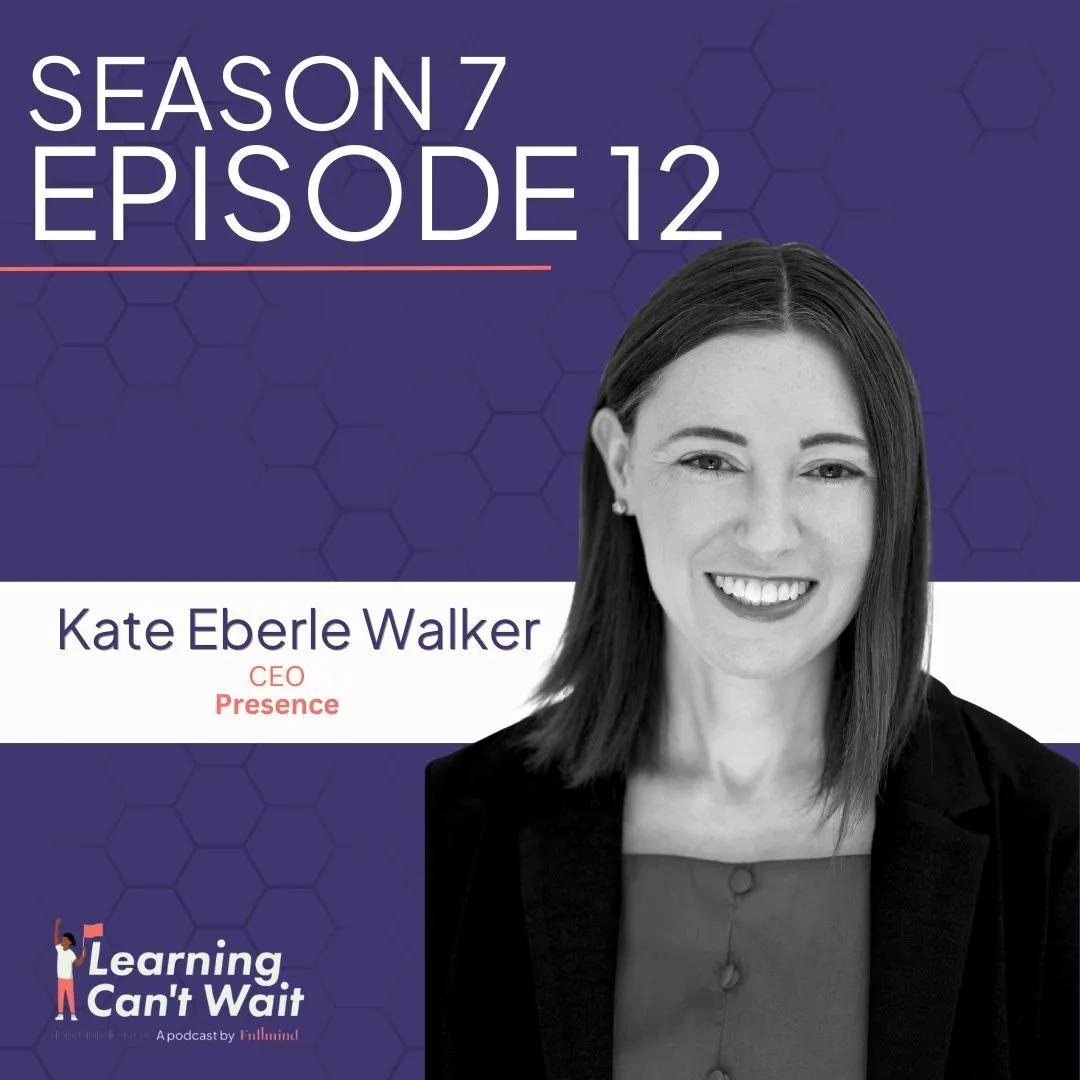
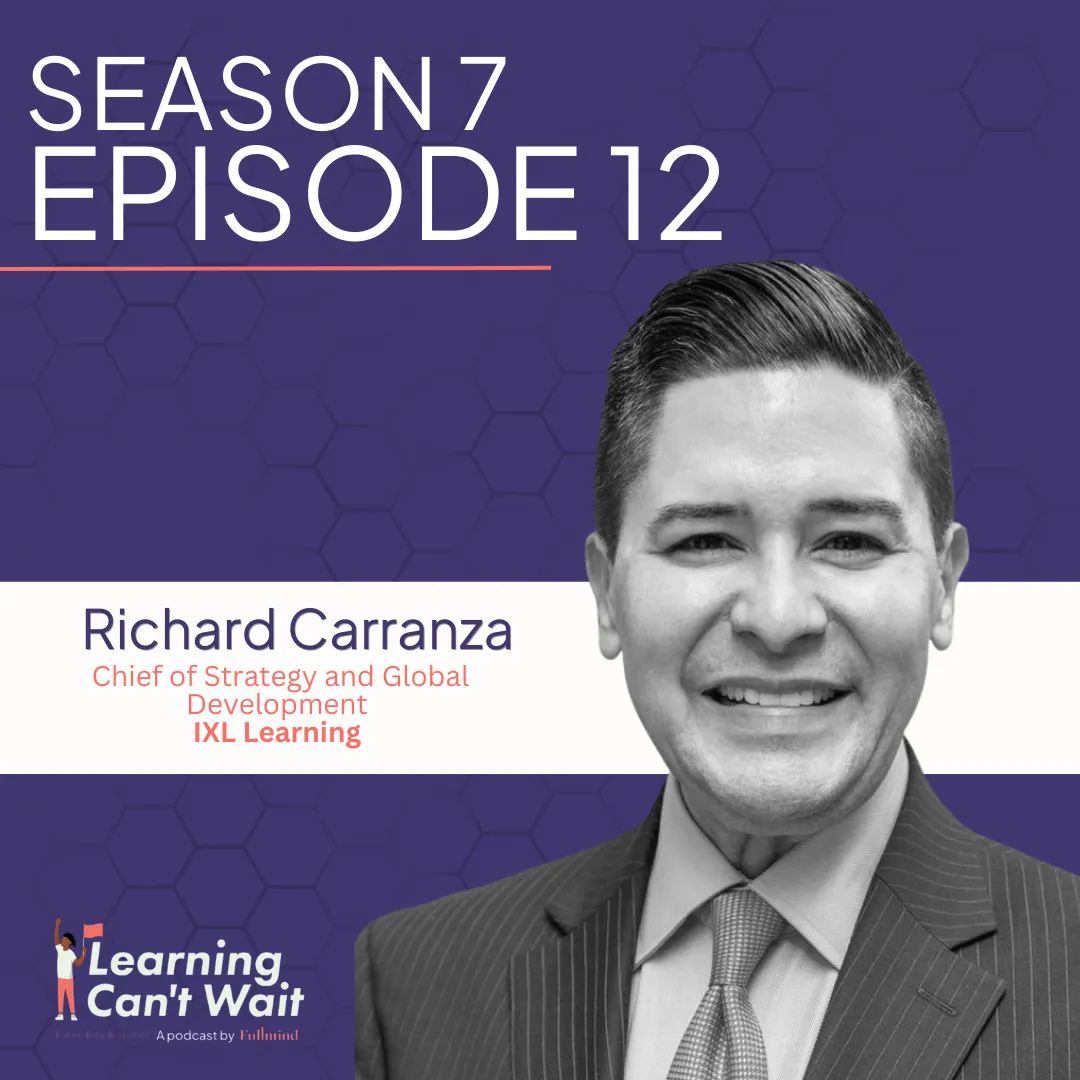
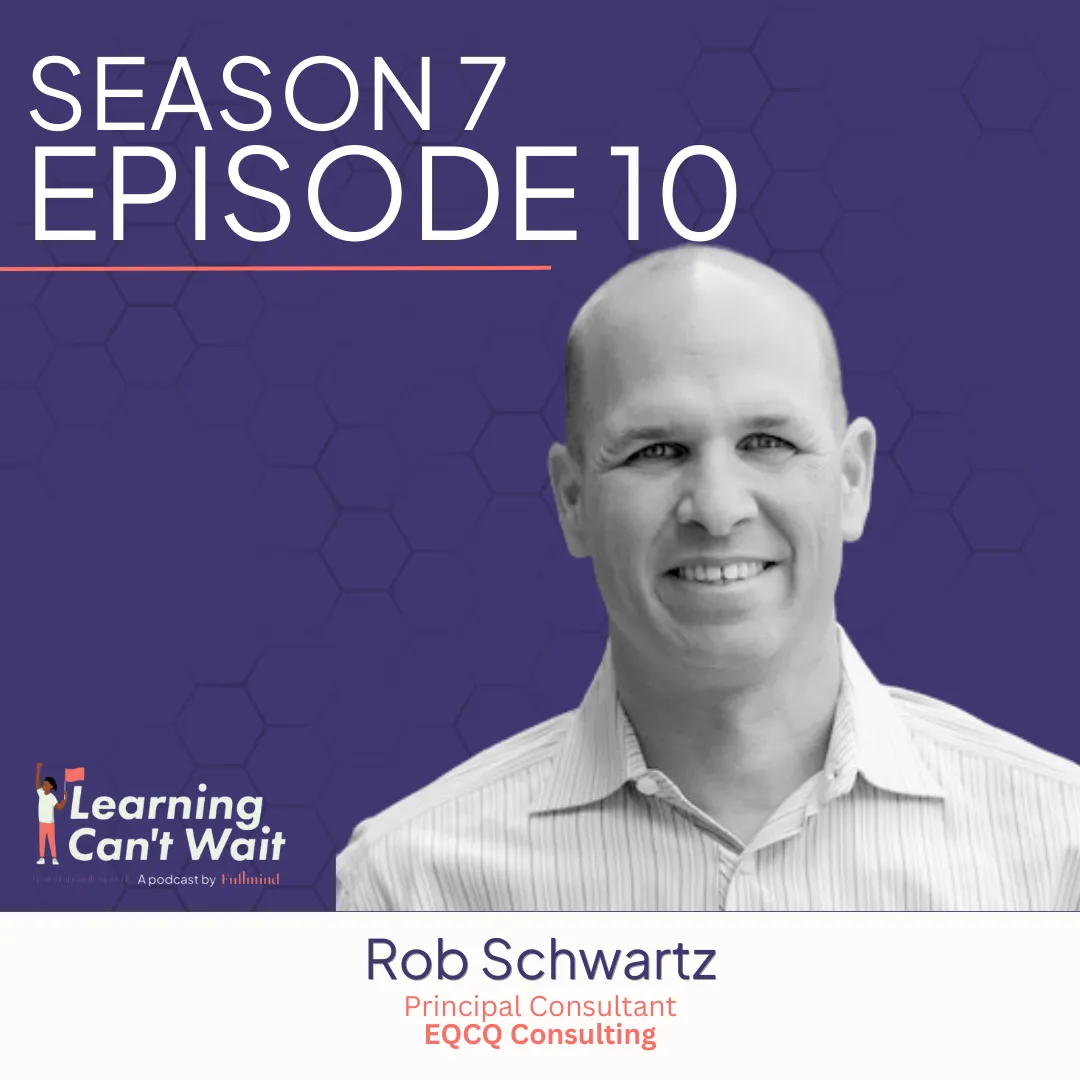
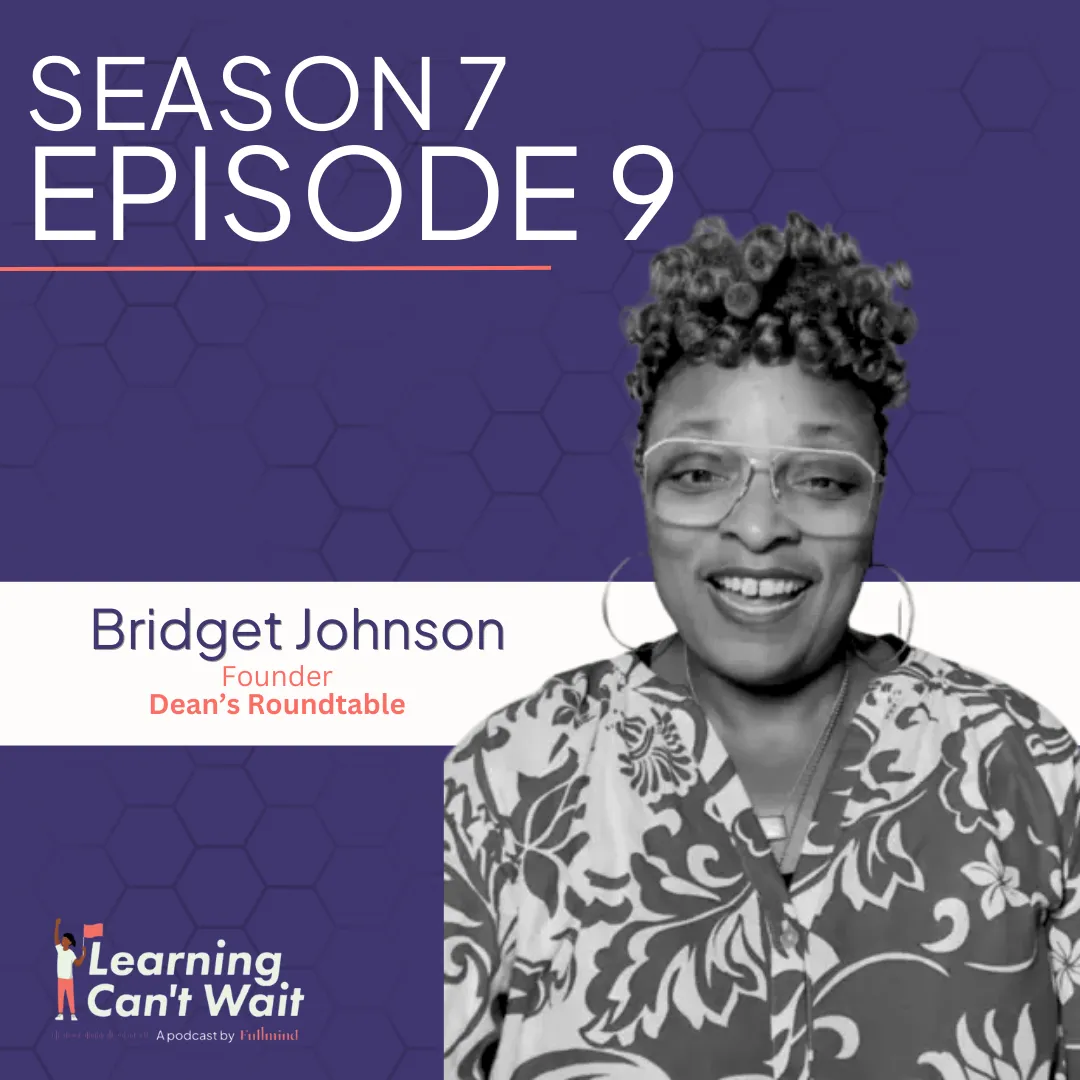





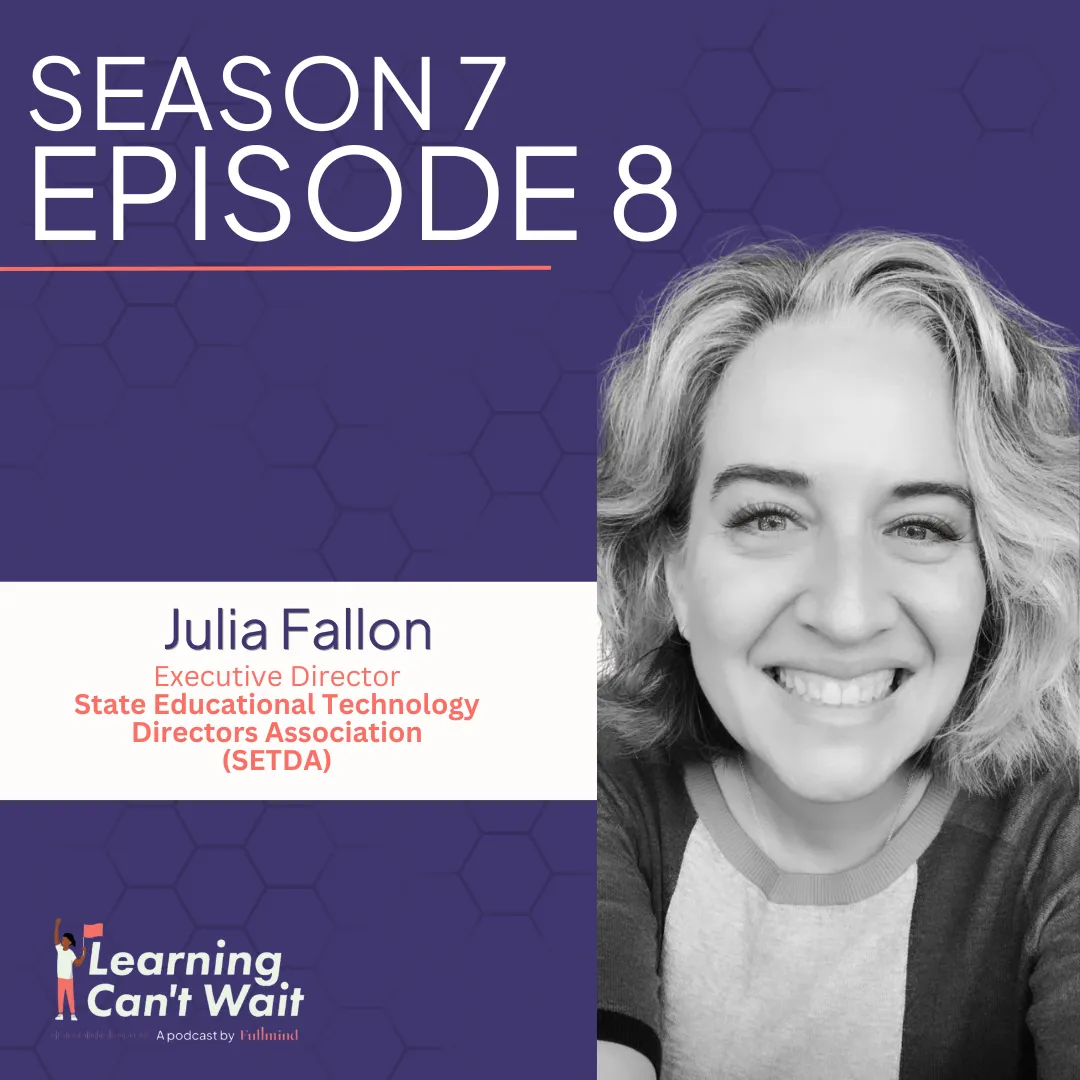




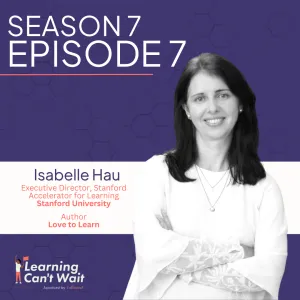

.webp)
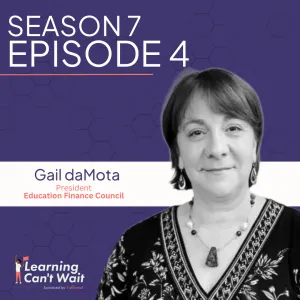
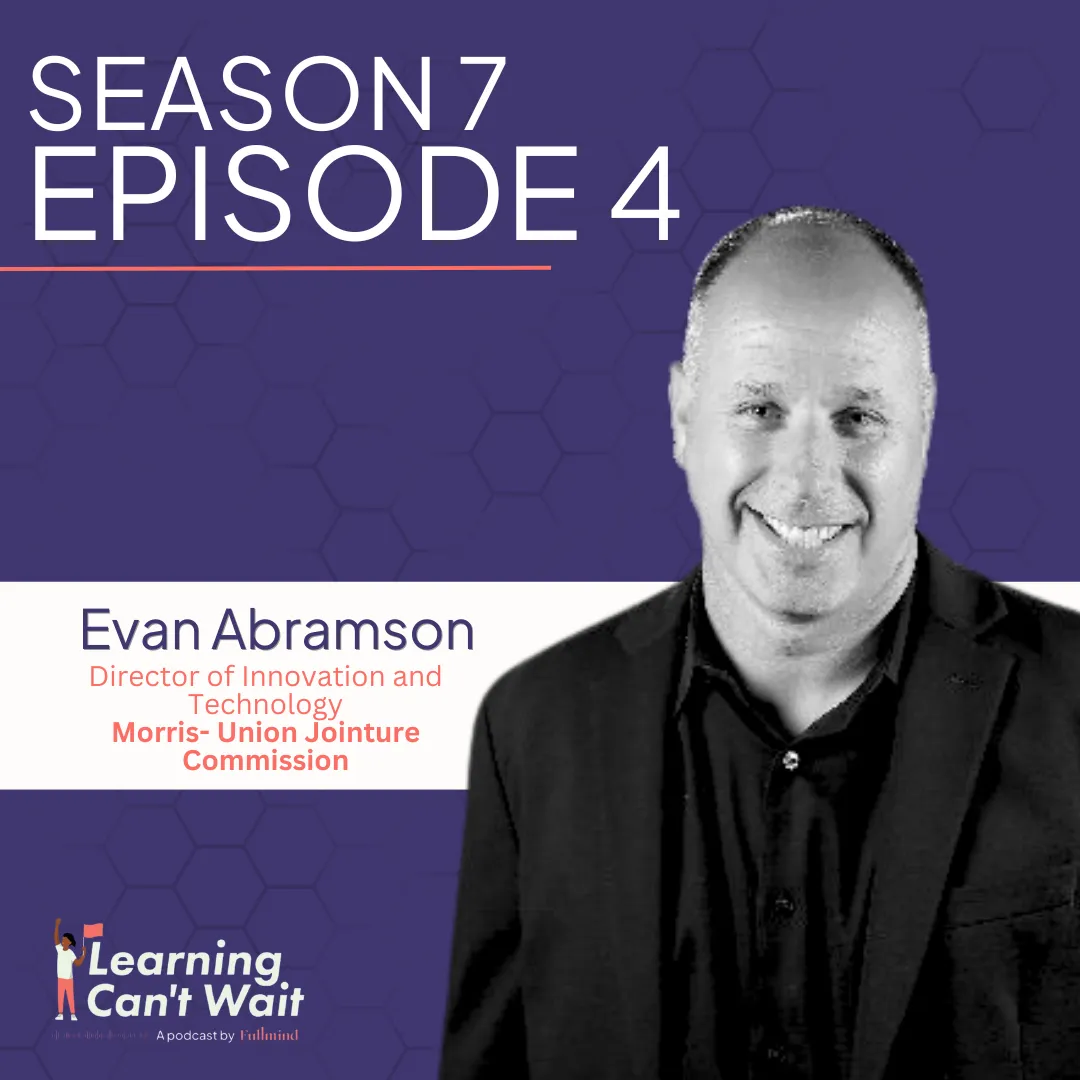
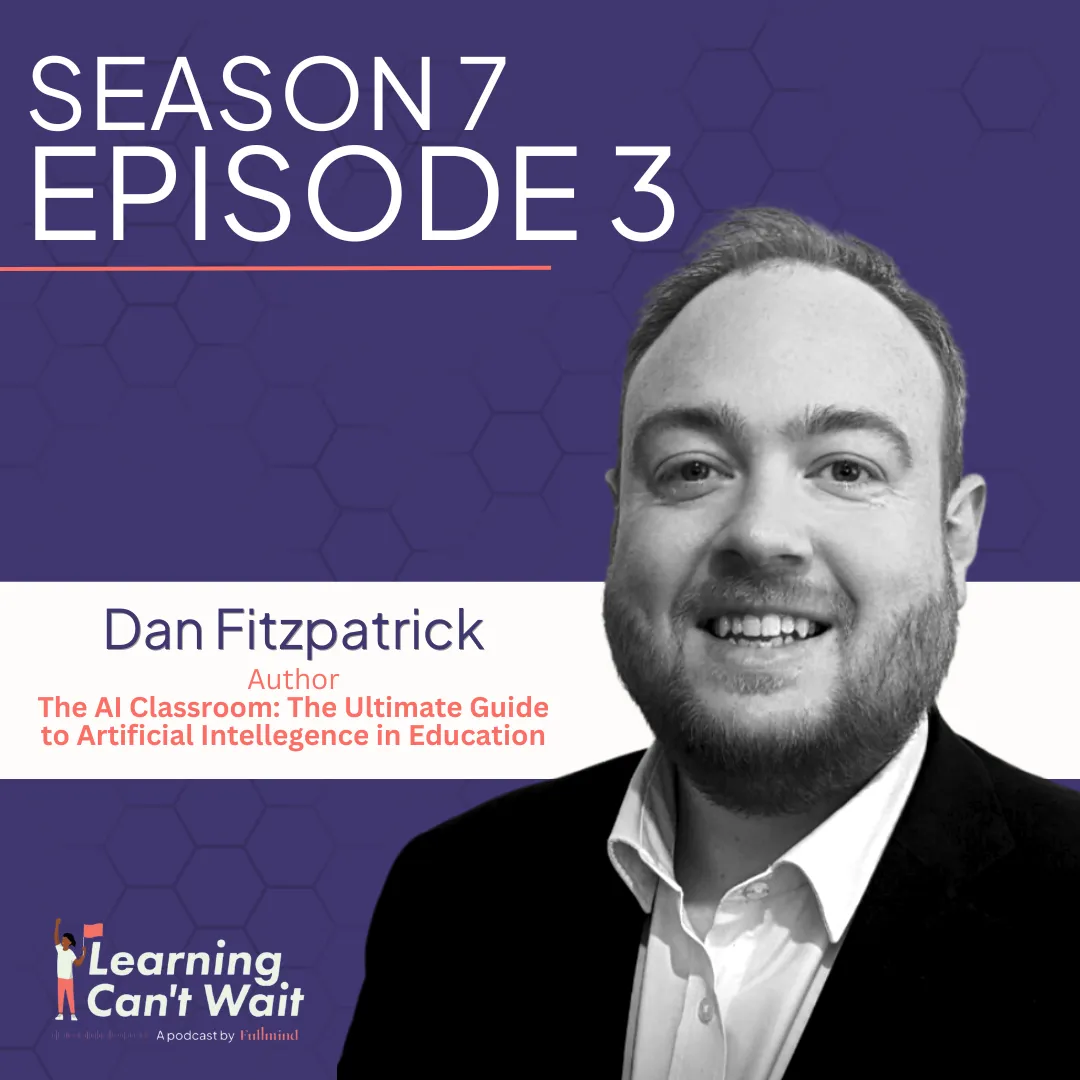
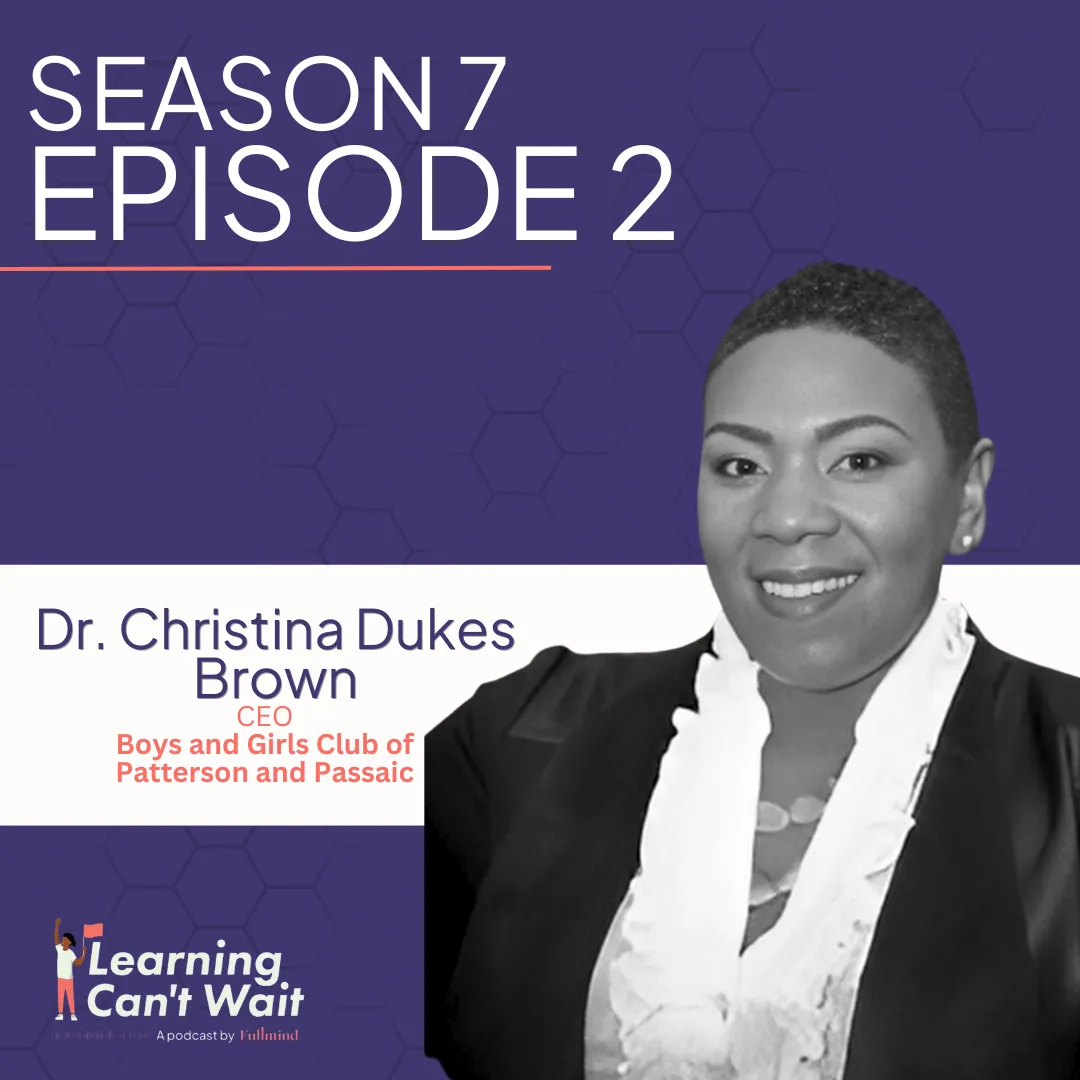
.webp)


.webp)


.webp)
